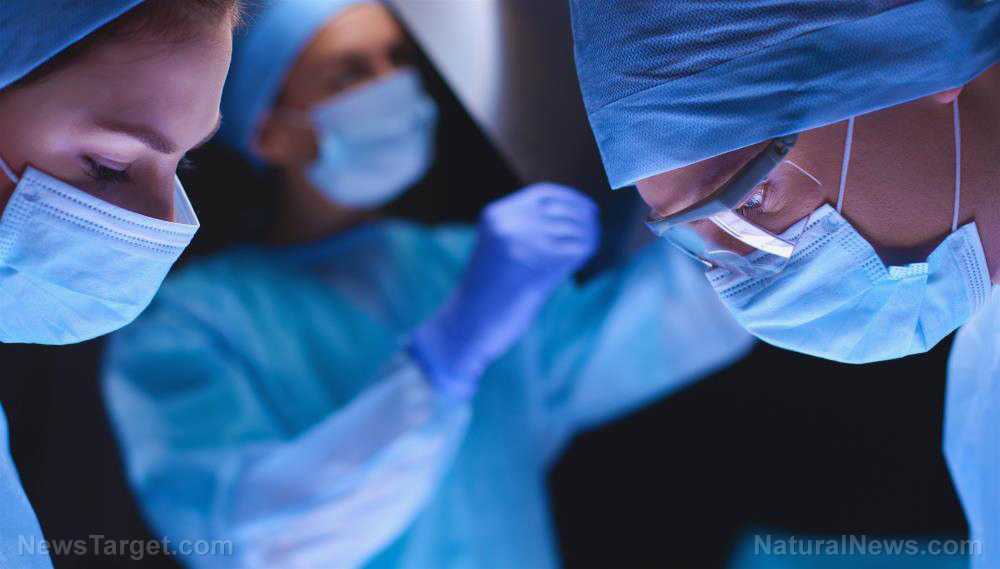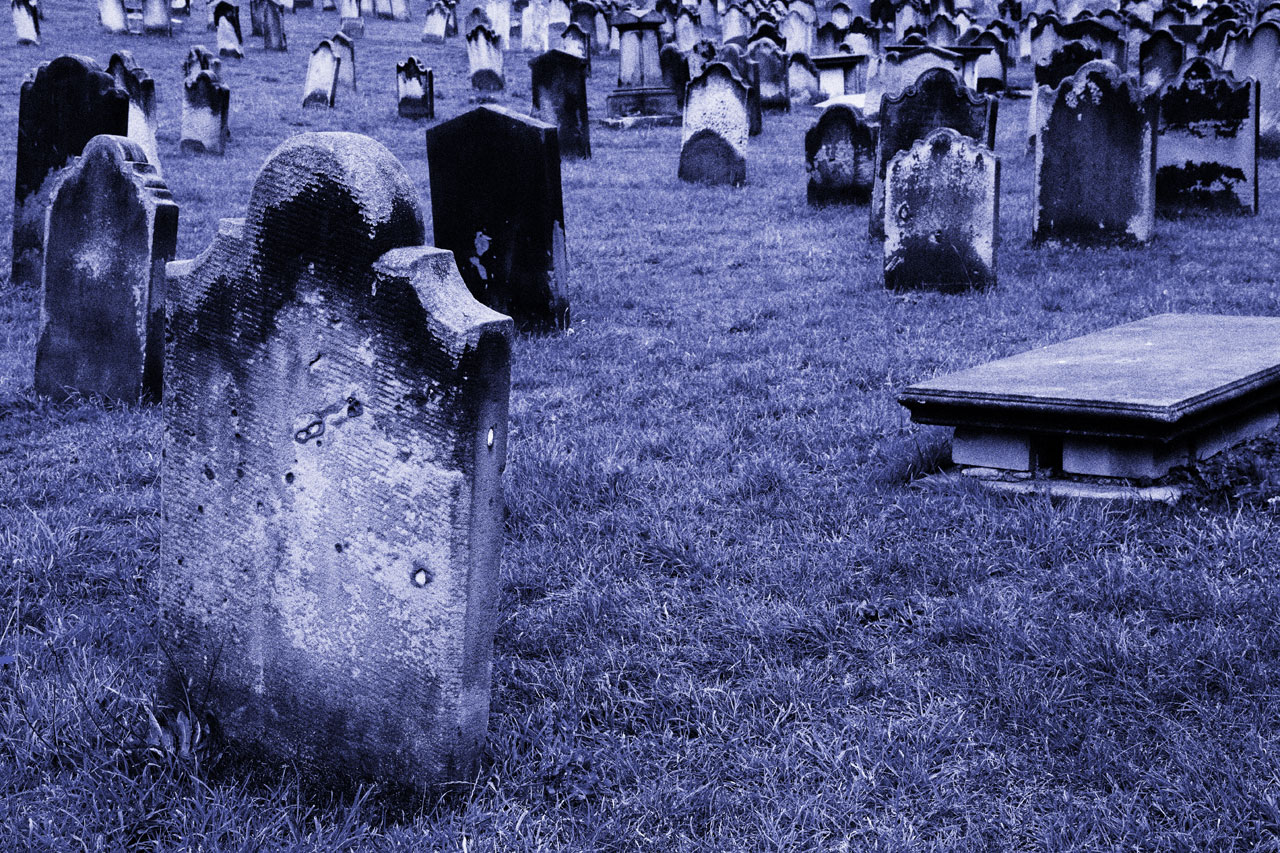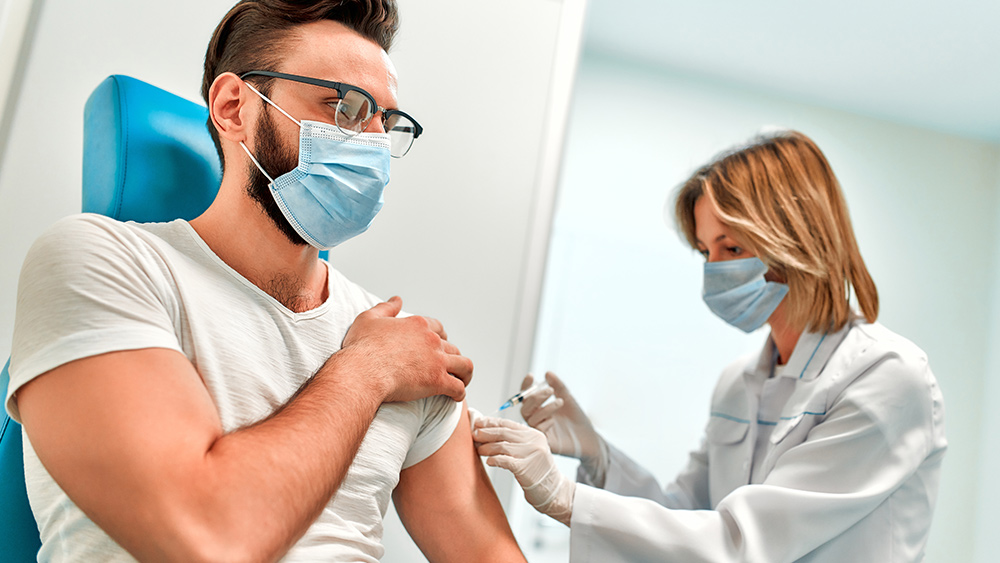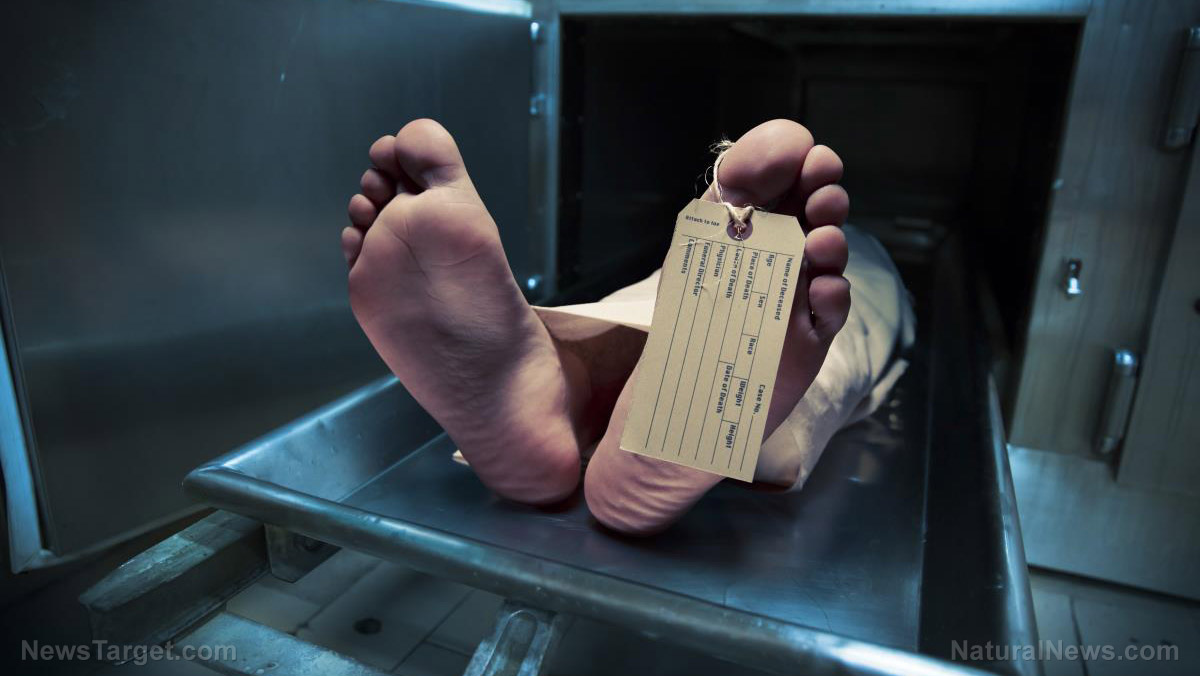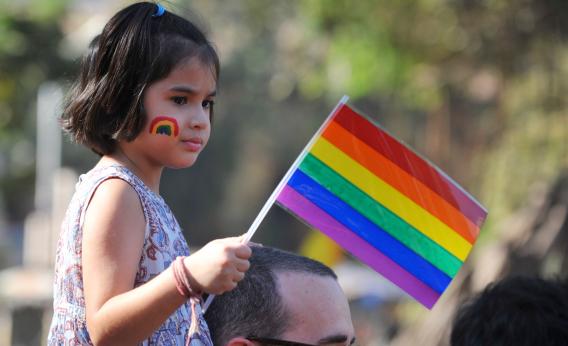V-Safe data: Around 782,900 Americans sought medical attention and hospitalization following COVID-19 vaccination
10/12/2022 / By Mary Villareal
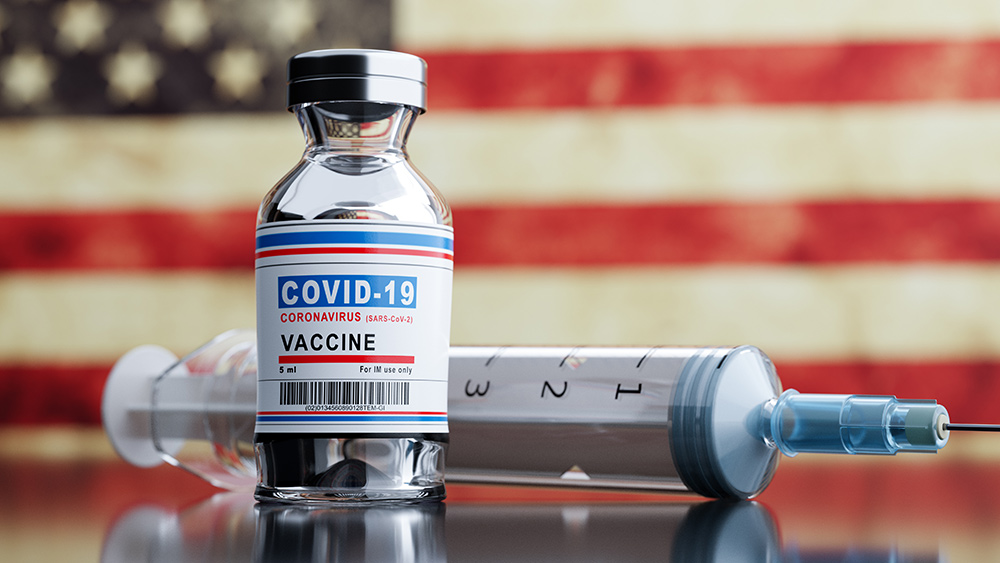
Around 782,900 Americans were reported to have sought medical attention, emergency room care and/or hospitalization following their Wuhan coronavirus (COVID-19) vaccination. Another 2.5 million reported missing school, work or other normal activities due to a health-related event after getting the same for outside researchers to analyze shots.
The reports were made to the Centers for Disease Control and Prevention‘s (CDC) V-Safe program, a new vaccine safety monitoring system to which users can report issues through their smartphones. The CDC then released the data to the Informed Consent Action Network (ICAN) after they were sued for not providing the data when it was initially requested.
“It took numerous legal demands, appeals, two lawsuits and over a year, but the CDC finally capitulated and agreed to a court order requiring them to do what they should have done from day one, release the V-Safe data to the public,” said Aaron Siri, a lawyer representing ICAN in the case. (Related: First batch of FOIA documents released by FDA about Pfizer’s covid vaccines shows 1,223 DEATHS already reported in early February 2021.)
The nonprofit organization then posted a dashboard summarizing the data they received from the CDC, which covered the period of December 14, 2020 to July 31, 2022.
Out of the 231 million Americans who received at least one dose of the vaccine at the time, only around 10 million utilized the V-Safe program, reporting around 71 million symptoms.
The most commonly reported symptoms were chills (3.5 million), swelling (3.6 million), joint pain (4 million), muscle or body aches (7.8 million), headache (9.7 million), fatigue (12.7 million) and general pain (19.5 million). Of these, around 4.2 million were reported to be “severe.”
Users of the V-Safe program also filled in data for around 13,000 children younger than two years old, showing over 33,000 symptoms, including pain, loss of appetite and irritability.
ICAN, an initiative founded by film producer Del Bigtree, stated that the newly released data “reveals shocking information that should have caused the CDC to immediately shut down its COVID-19 vaccine program,” especially considering the percentage of people who reported needing to get care or having to miss daily activities on top of the reported adverse events.
While CDC researchers already presented summaries of the V-Safe data during meetings with their vaccine advisory panel, they refused to release the same for outside researchers to analyze, saying that the V-Safe program raised no new safety concerns.
This did not deter ICAN from pressing to obtain more data. U.S. District Judge Robert Pitman ordered the parties to meet and confer about the data to be released.
Pitman said the parties will file a joint status report that proposes any additional deadlines they determine are necessary for the resolution of the matter.
Tracking vaccine safety through mobile
The V-Safe initiative was created to complement the CDC’s vaccine safety monitoring system and let inoculated individuals report their experiences, including serious suspected side effects, directly to the CDC through their smartphones.
Several public health experts have expressed their doubts about the platform’s effectiveness, but since its release, it garnered positive reviews as a way to “make everybody part of the process,” said Dr. Kathryn Edwards, founder of the Vanderbilt Vaccine Research Program and the principal investigator for the CDC-funded Clinical Immunization Safety Assessment Network.
The federal government has various systems to monitor vaccine safety and other pharmaceutical products once they reach the marketplace. The Vaccine Adverse Event Reporting System (VAERS), jointly run by the CDC and the Food and Drug Administration, serves as a repository for reports on health problems that could possibly be side effects of vaccines. Healthcare providers are required to report certain adverse events.
VAERS receives tens of thousands of reports each year, but these reports frequently lack details and sometimes contain errors that are not enough to establish causal relationships between the vaccine and the adverse event.
In contrast, V-Safe allows the CDC to track people over time to see how they are doing post-vaccination.
Vaccine safety experts have criticized the U.S. for leaning too heavily on a passive system that relies on people reporting issues that may or may not be related to the shots as opposed to “active” surveillance that scans large volumes of electronic health data.
While V-Safe requires individuals to opt-in and with no control group to compare results to, many still believe that the tool is a step forward – if only the CDC is more open to releasing its data.
Visit Vaccines.news for more information about the adverse effects of the COVID-19 shots.
Watch ICAN lawyer Aaron Siri as he breaks down CDC’s V-Safe data below.
This video is from The Highwire with Del Bigtree channel on Brighteon.com.
More related stories:
Big Pharma, mainstream media cover-up serious adverse effects of COVID-19 vaccines.
Sources include:
Submit a correction >>
Tagged Under:
This article may contain statements that reflect the opinion of the author
RECENT NEWS & ARTICLES
BadMedicine.News is a fact-based public education website published by BadMedicine News Features, LLC.
All content copyright © 2019 by BadMedicine News Features, LLC.
Contact Us with Tips or Corrections
All trademarks, registered trademarks and servicemarks mentioned on this site are the property of their respective owners.

